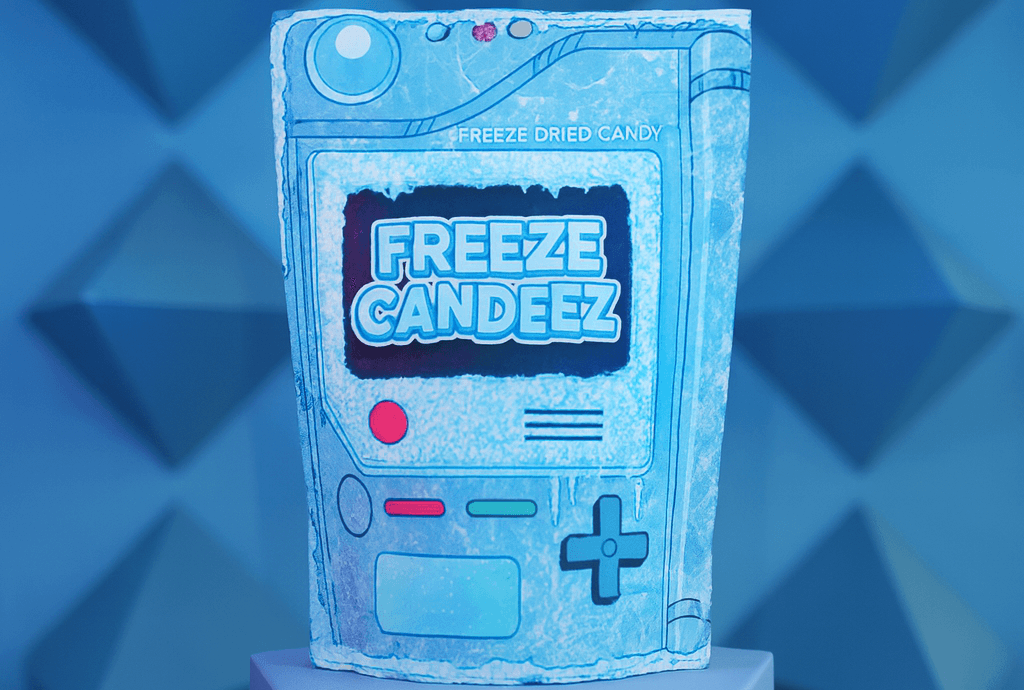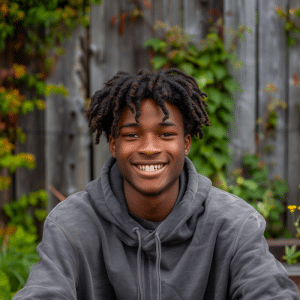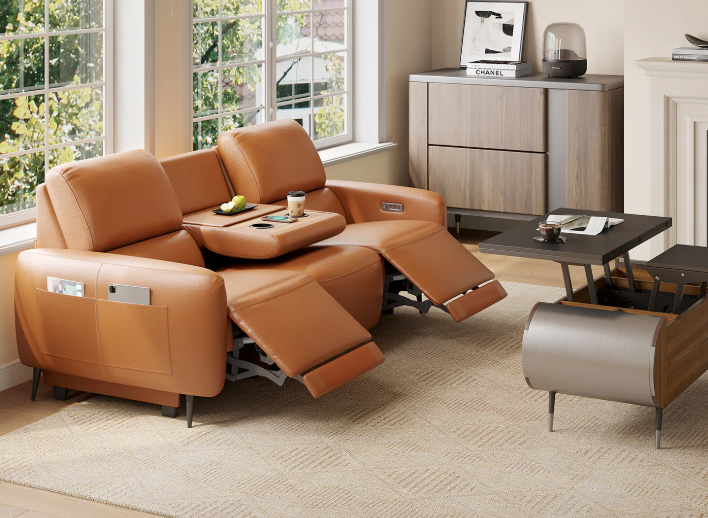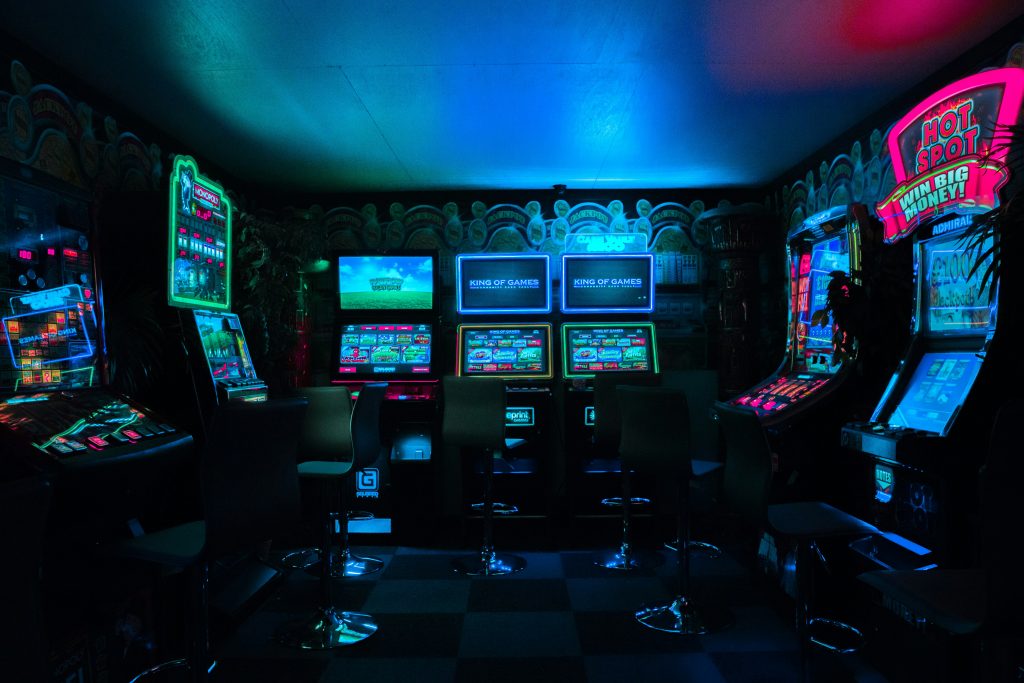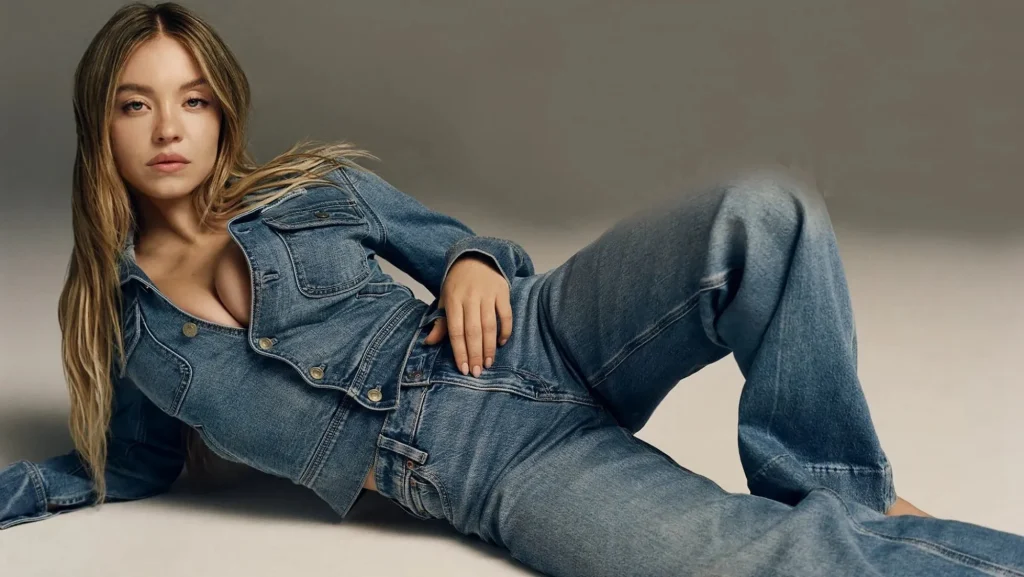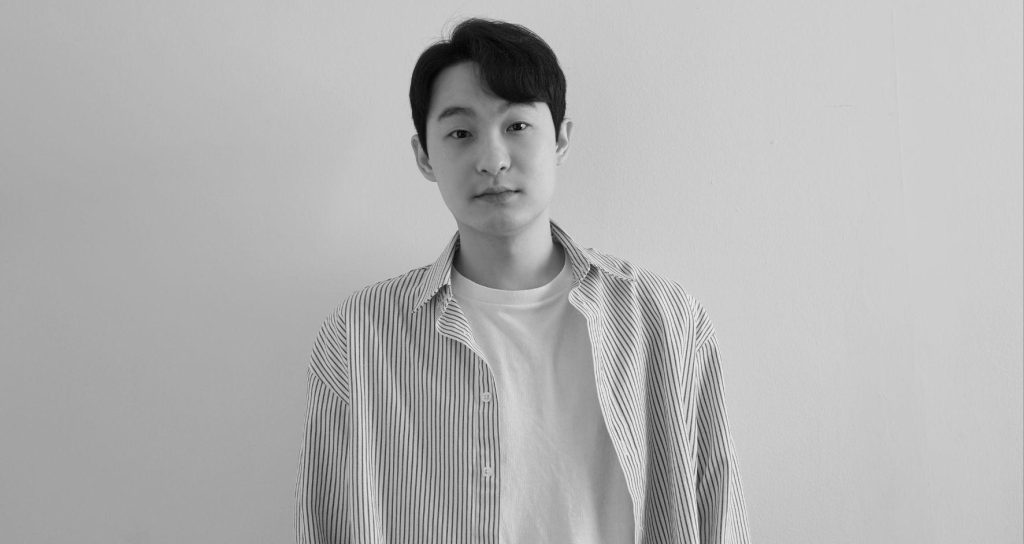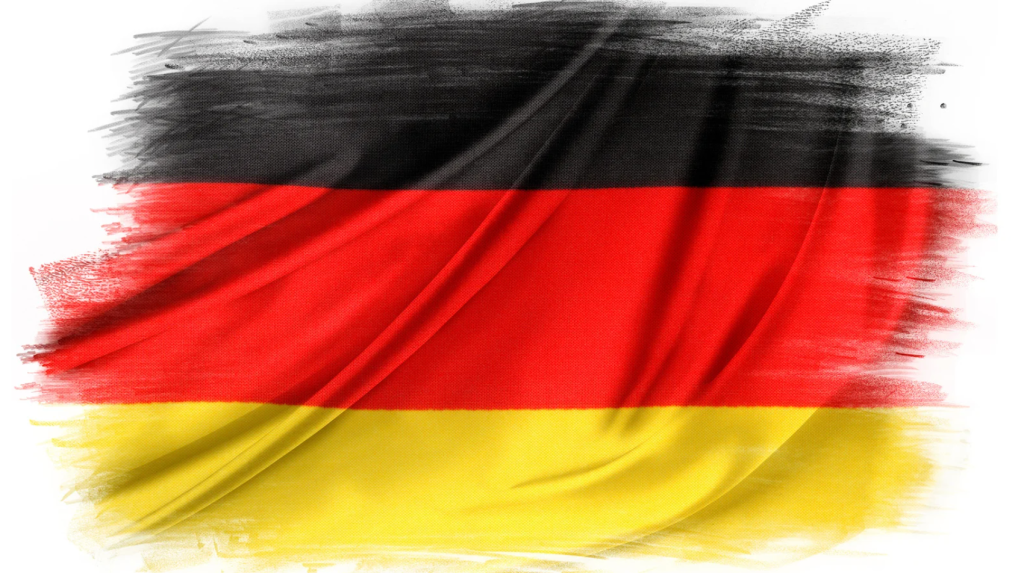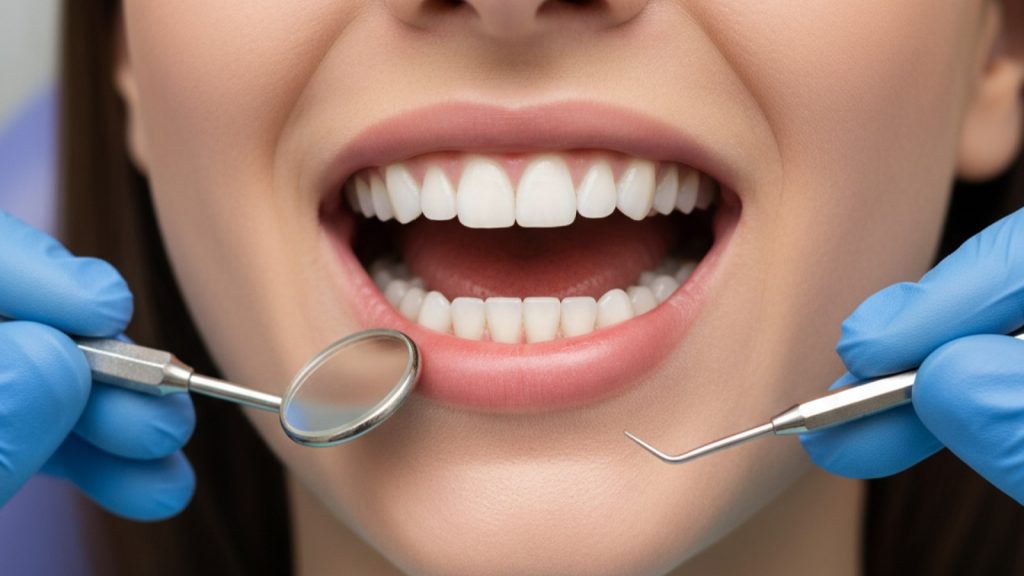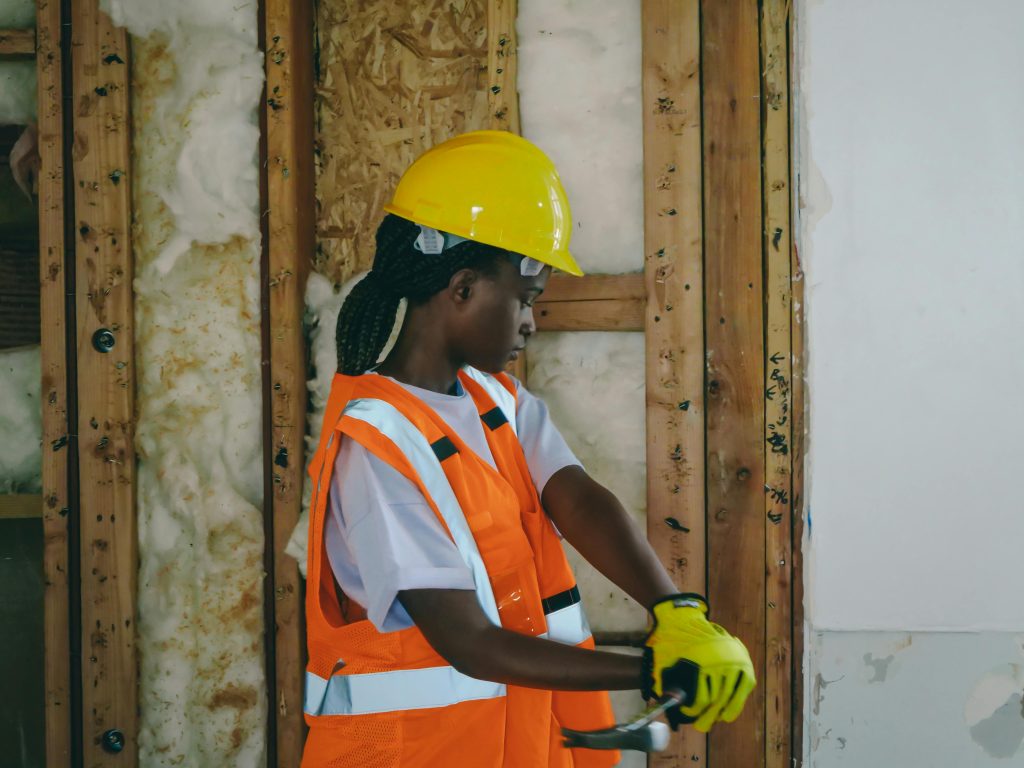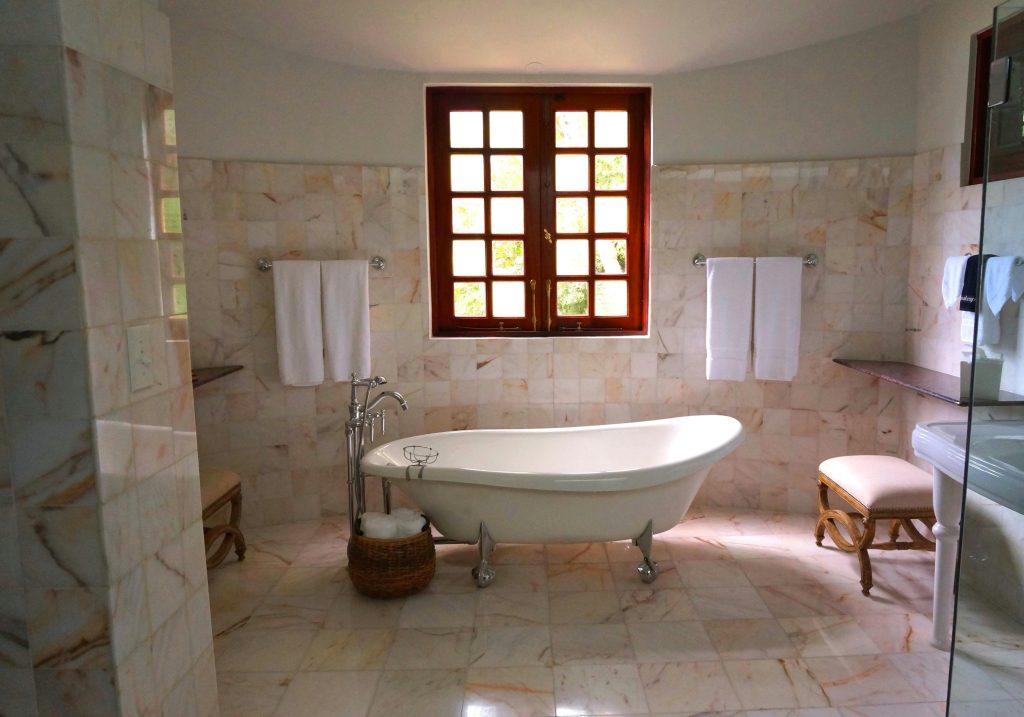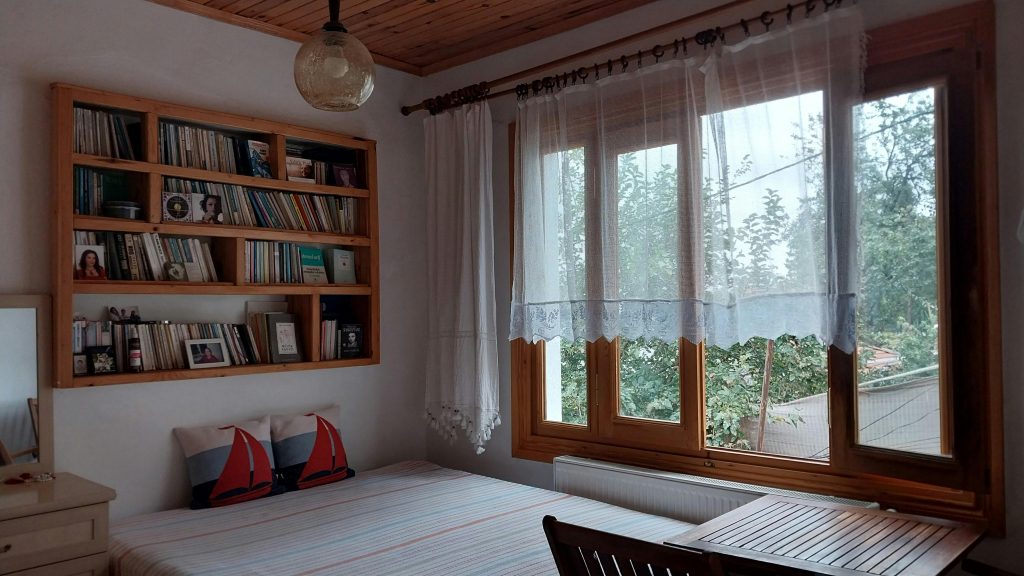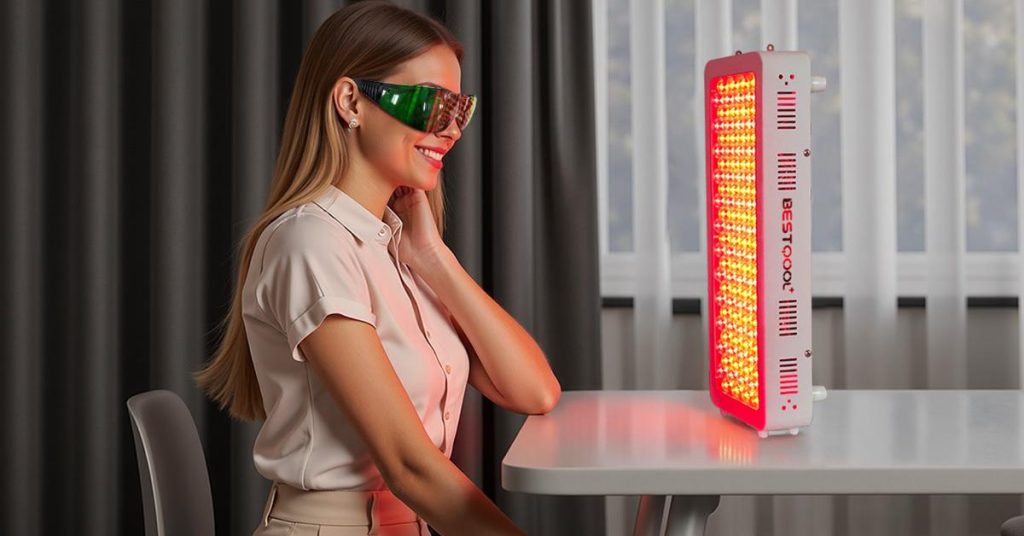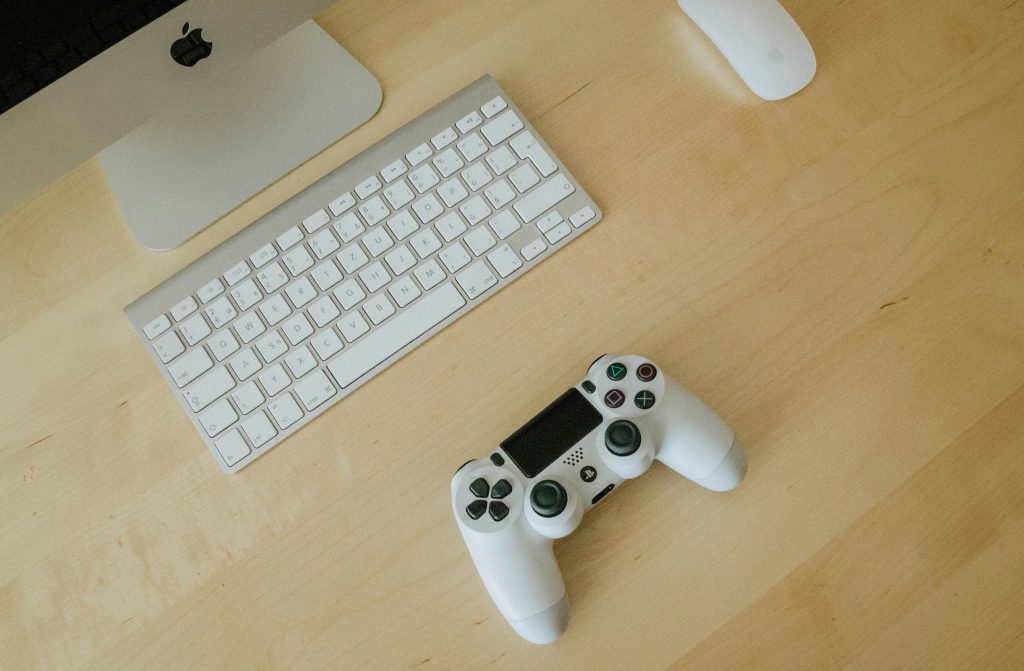Packaging is no longer just a wrapper. It’s an introduction, a first impression, and in most cases the deciding factor as to whether or not a consumer purchases a product or leaves it on the shelf. Companies of all sectors are beginning to realize that the box, pouch, or bag that their product sits in speaks volumes before anything is ever read.
72% of customers cite packaging design as a distinct cause for purchase decision, particularly when products are side by side.
Let’s run through the current most popular packaging ideas.
Sleek but Strong
Shedding the extraneous has been well more than a trend in design. Clean lines, generous white space, and elegant fonts are saying it all. The psychology is straightforward, folks want simplicity. Buyers who are flooded with dozens of choices are apt to go with the one that appears calm and reliable. A breathy package provides that.
But don’t make it plain dull. Most brands combine low-key designs with one giant splash of color: a large color block, a huge word in a single word balloon, or a gallery-worthy graphic. Restraint with impact is what gets noticed.
Product sales can increase by up to 30% with well-packaged products, simply due to perceived value.
Interactive Packaging
Static labels are being pushed to the side by reactive packaging. One-shot QR codes that lead shoppers to behind-the-scenes videos, peel-off labels that reveal humorous messages, and scanable labels that accumulate rewards points are all in play. Consumers enjoy feeling like they belong instead of simple buyers of a product.
This custom packaging provides shareable moments. A customer takes out their phone and scans your pack, discovers a neat fact, and now your brand is on their social stream.
1 out of every 3 consumers confess they’ve purchased a product again simply because they were fond of the packaging.
Eco-Friendly Materials with Personality
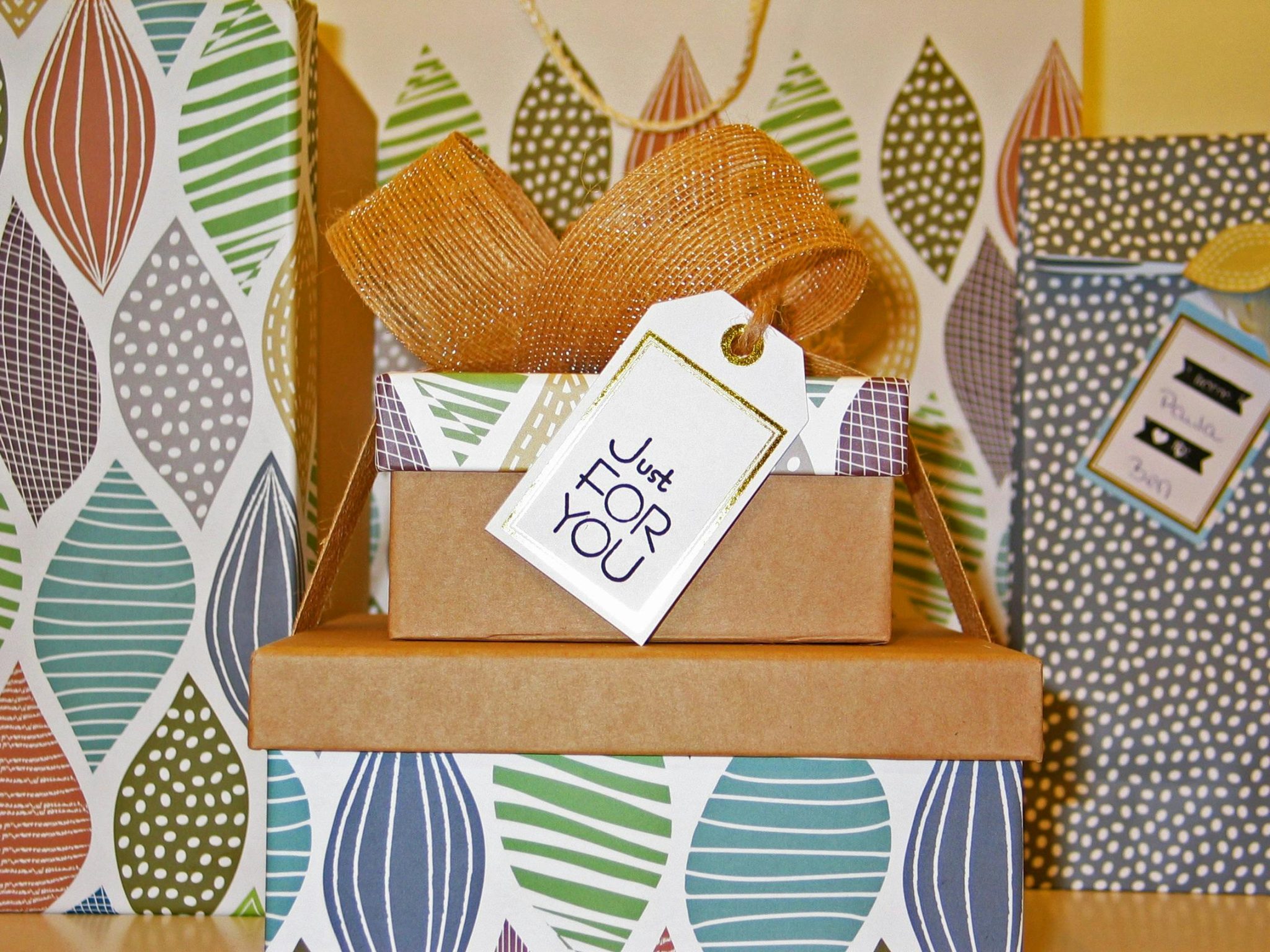
Green packaging long ago bid adieu to kraft paper. Today, it arrives in color, texture, and attitude. Companies are pushing the boundaries of compostable film, recycled board with debossed print, and vegetable inks.
The change is partly customer preference, consumers need packaging that will not contribute to a landfill clogged with waste. But it is also an opportunity for businesses to demonstrate their imagination. The idea of retaining a natural-textured snack pouch but one that still bursts with vibrant colors is one which reconciles conscience and character. That combination brings customers back.
Custom Printed Mylar Bags
If there’s one pack format that’s stolen the show in recent years, it’s the custom printed mylar bag. Durable, flexible, and chock full of print potential, these bags are making their own best-seller lists in food, supplements, cosmetics, and beyond.
Why are they successful? Several things jump out:
- Shelf life is important. Mylar keeps goods fresh many times longer than plastic or paper by itself.
- Brand flexibility. The surface is a canvas. Full-color pictures, bold lettering, or even matte and high-gloss finishes can be combined.
- Consumer appeal. Tear-notch tops, resealable zippers, and gusseted bottoms make them easy to use and hard to ignore.
To brands, it means being able to make short runs without losing quality. A seasonal flavor can appreciate its own package without great expense. To customers, it means a premium-feeling bag that closes with precision and fits in a purse or backpack without spill.
Custom printed mylar bags don’t simply contain products, they amplify them.
Moving to resealable mylar packets will increase shelf life by as much as 50% over paper or thin-plastic packaging.
Personalization at Scale
Customers crave products that somehow seem to have been made to order for them. By means of today’s digital printing, a company can employ packaging that varies design by batch, geography, or even by individual customer.
Consider a coffee roaster that releases limited batches with city-themed bag artwork. Or a supplement brand whose customers’ names are printed directly onto the pouch. That kind of personalization makes individuals feel that sense of belonging.
Companies employing custom or one-time packaging have seen up to a 40% boost in social media sharing, which drives organic visibility.
The Rise of Texture
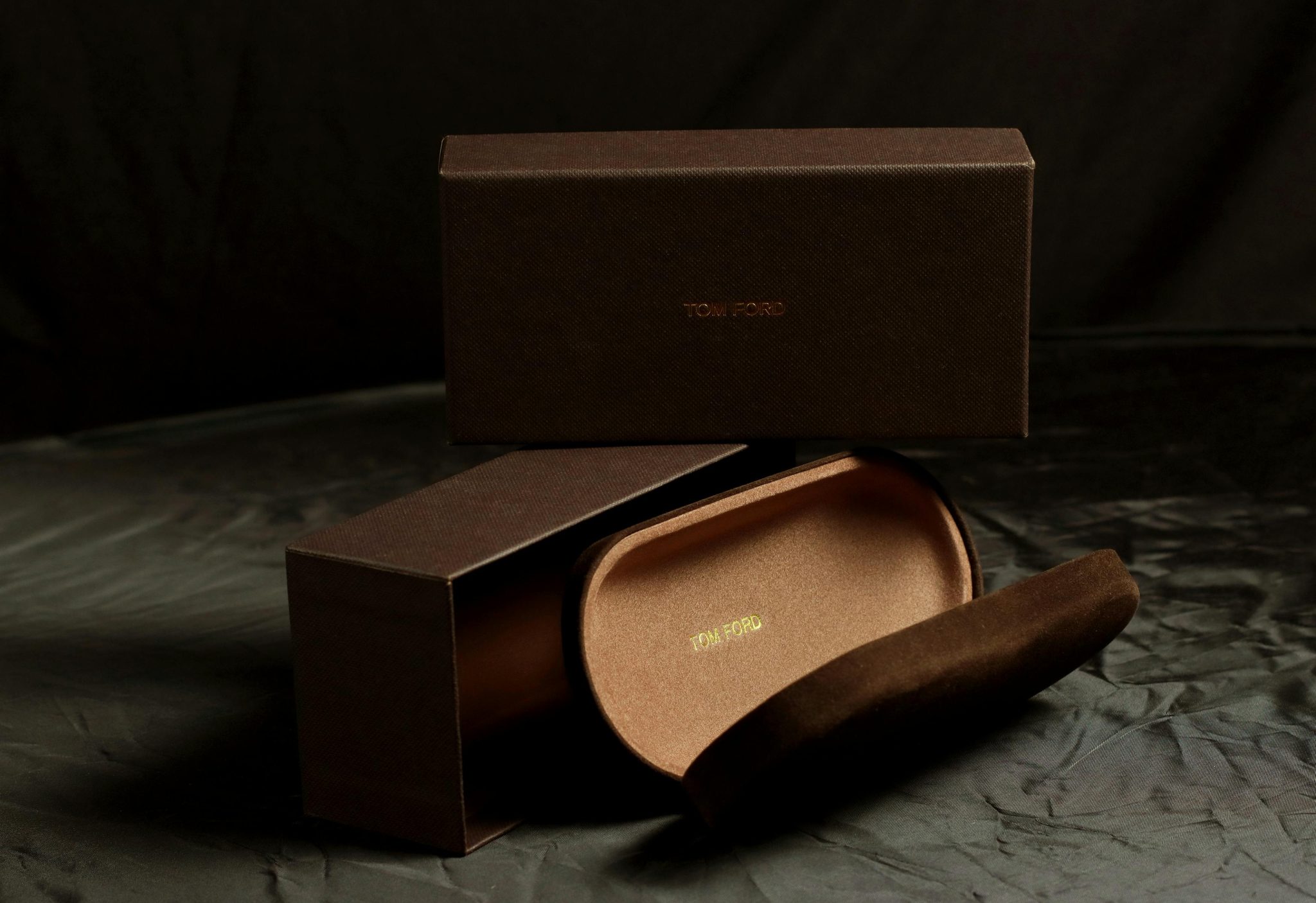
Flat packs are giving way to packaging that you’re happy to touch. Soft-touch finishes, embossed type, metallic foil, and raised logos give a sense of touch which screen advertising can’t replicate. Texture makes people want to hold on for a fraction longer, and that fraction is sell and by.
63% of consumers put as much value on packaging as the product itself when considering overall satisfaction with a brand.
Closing Thoughts
Packaging regulations are evolving, but the objective remains the same: grab attention, build trust, and generate repeat buy. From clean minimalism to interactive experiences to the emergence of custom printed mylar bags, the brands that are getting it right today are those that are looking at packaging as an evolving component of their product.
The global flexible packaging market is expected to rise to $315 billion by 2027, with mylar pouches driving much of the increase. – Brandmydispo
The trend line is clear, packaging no longer keeps you safe. It influences. And in a competitive market, that can be the greatest thing you’ve got.


